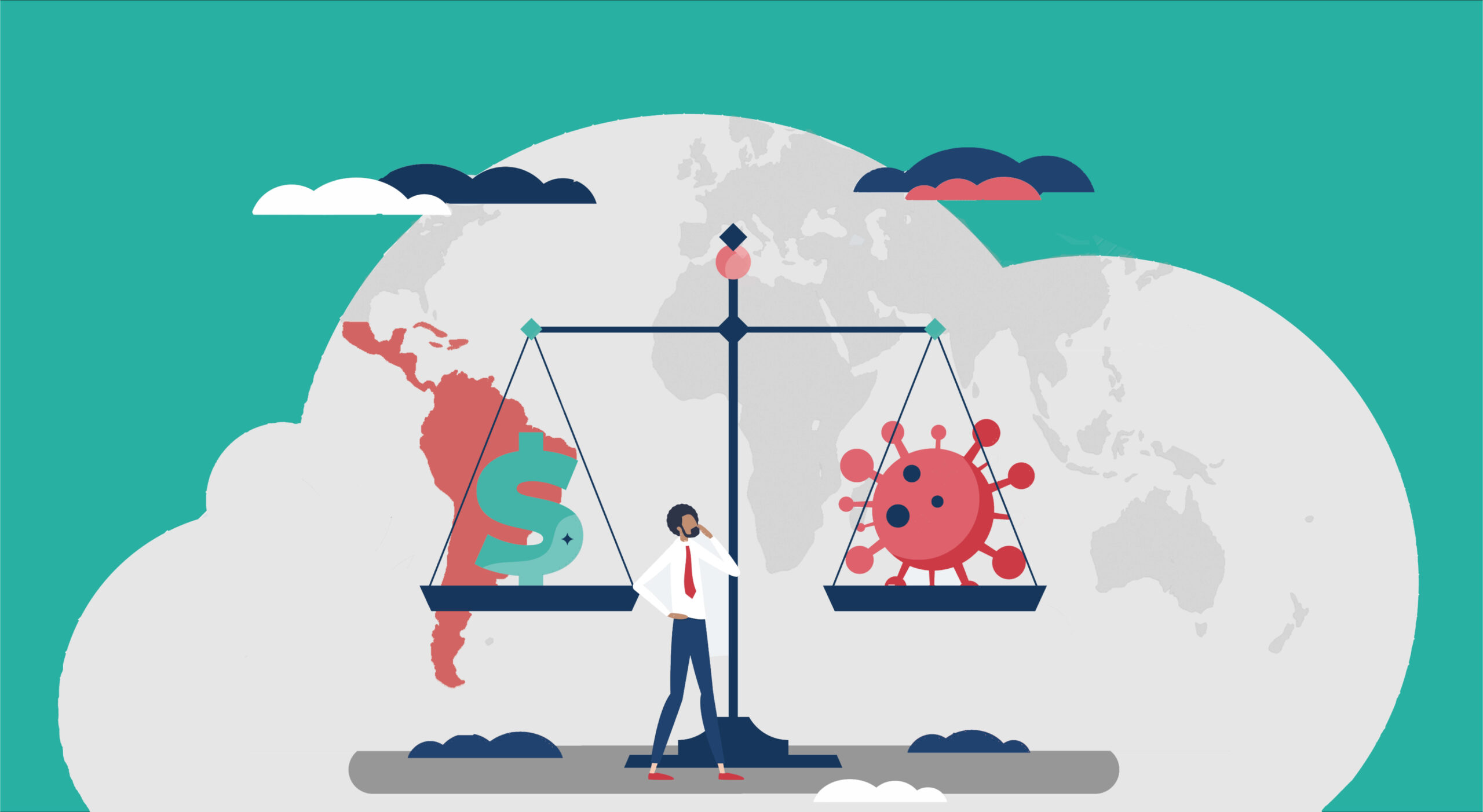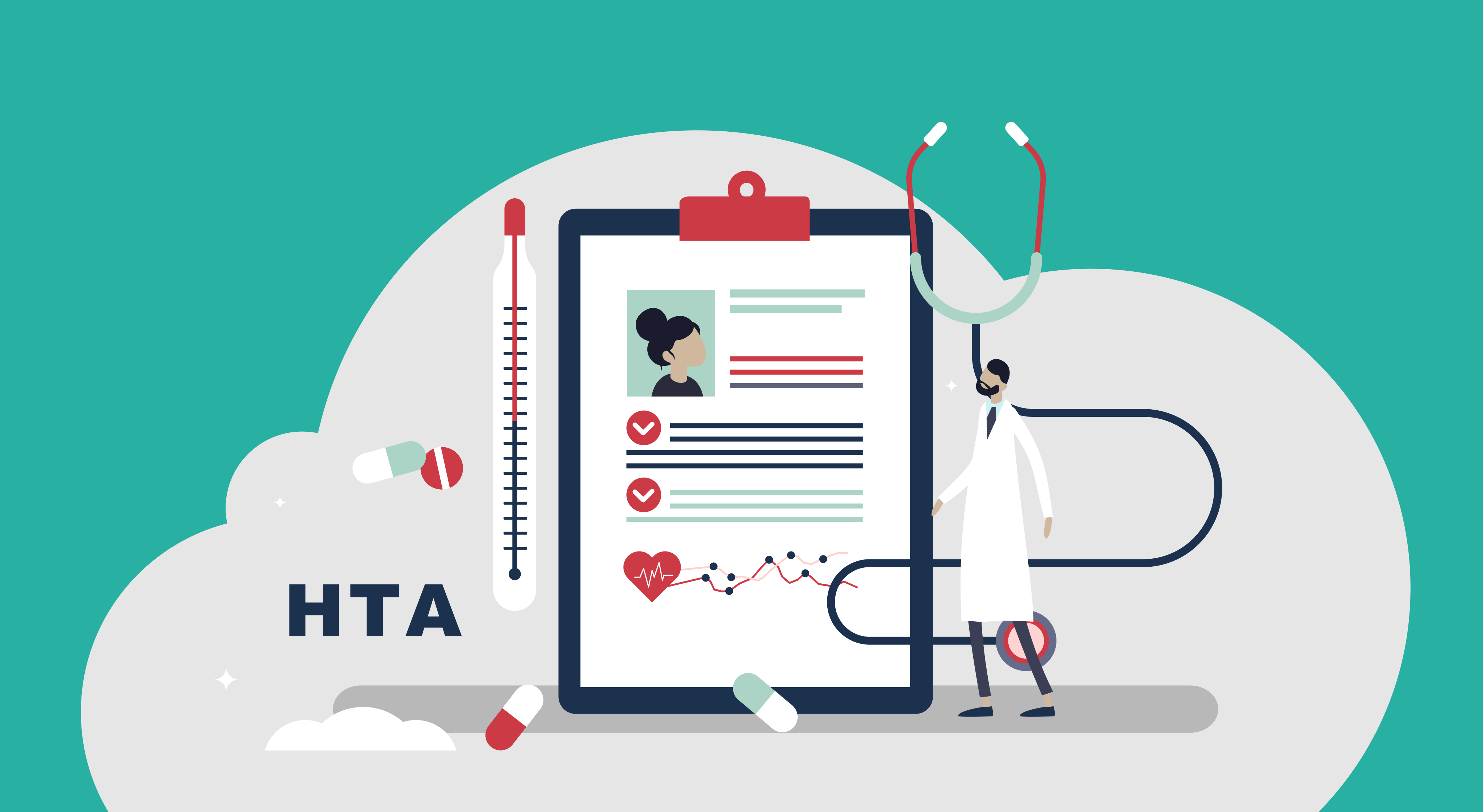Social Impact
What is Social Impact?
How is a patient’s quality of life improved when an effective treatment becomes available? What does this mean those who devote time providing care? And what are the outcomes for society? Social Impact makes clear the relevance of health to society by measuring the range of benefits produced by healthcare interventions and medical innovations.
The Social Impact offers a transformative perspective on understanding how health affects the economy, society, and, most importantly, the quality of people’s lives. Our health economics research strives to achieve health for all, in the process improving lives, driving resilient economic growth, and sparking innovation. The Social Impact model illustrates the role of medical innovations in building healthier and more productive lives. Our mission is to make the value of interventions in healthcare measurable by providing valid data and scientific analysis. The result: better informed decision-making in business and politics with a focus on global sustainable development.
How is Social Impact measured?
The Social Impact model measures the value medical innovations and health interventions have for society. Medical innovations range from the development of a new drug or vaccine to innovation in preventative care measures. The approach can include performed both high-level analyses on a global scale and a deep dive into specific interventions.
Social Impact is derived by quantifying the degree to which a patient is burdened by a disease and the extent to which a medical innovation reduces the impairment. The gain in productivity from (paid and unpaid) work is then calculated before the avoided time losses is subsequently monetized – providing the welfare gain for society. This montetized welfare gain is expressed as Gross Vale Added (GVA) per hour.
Social Impact: WifOR’s Approach
What does WifOR’s Social Impact model offer organizations and industries?
The Social Impact model offers a range of benefits to companies, ministries, or NGOs. These benefits include:
- Measuring and identifying the value medical innovations have for society and the economy
- Creating awareness for the socioeconomic value of healthcare interventions amongst stakeholders throughout society
- Enhancing communication with internal and external stakeholders based on scientific research
- Receiving actionable insights into contributions towards political targets, such as the UN’s Sustainable Development Goals
Download an example study here
You might also be interested in
Latest articles from WifOR’s Health Economics Research
-

Measuring Return on Investment
Global health metrics form the basis for sustainably financing health
-

Case study Latin America
Health Economy Reporting: the ROI of health investments
-

The Value of Health Innovations
Going beyond cost effectiveness: Social Impact as complementation of traditional HTAs











